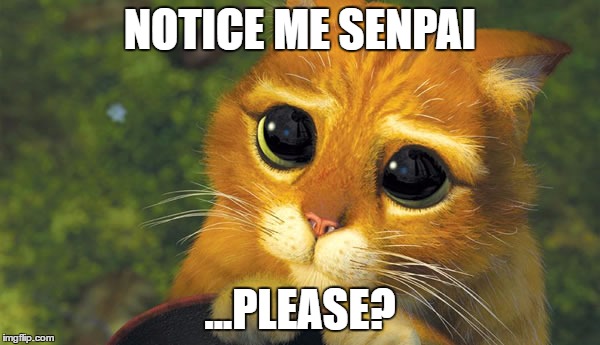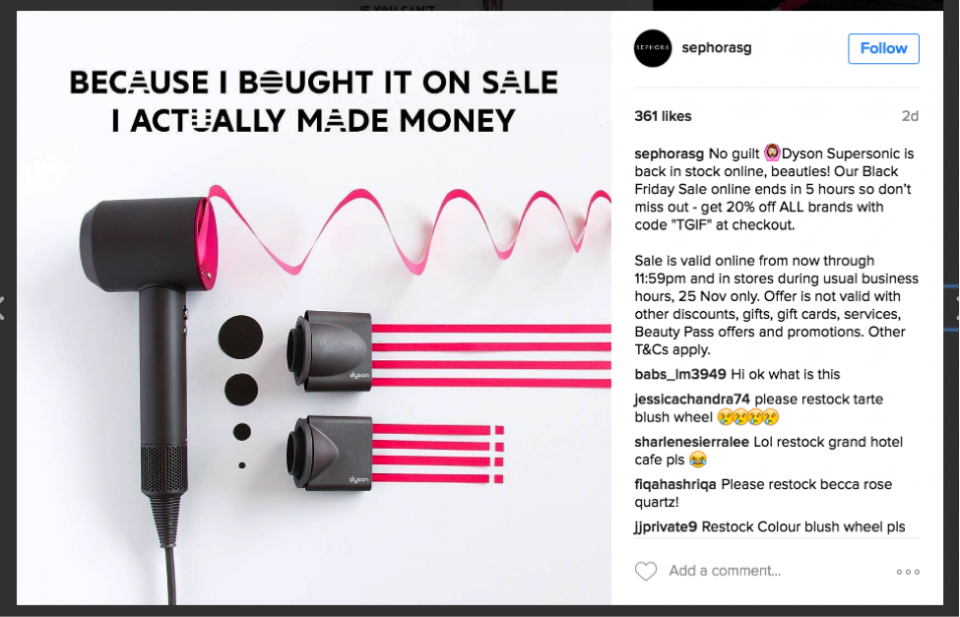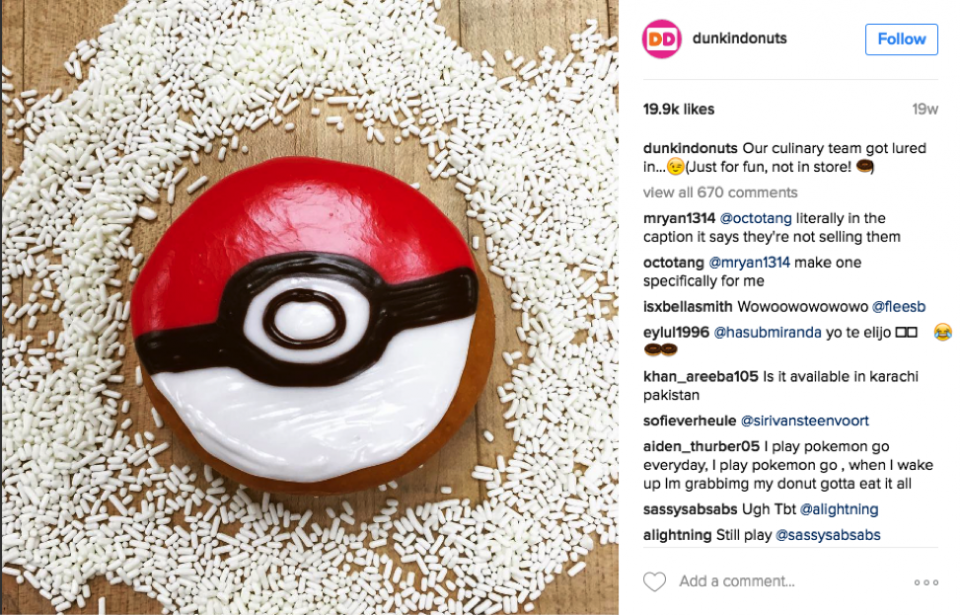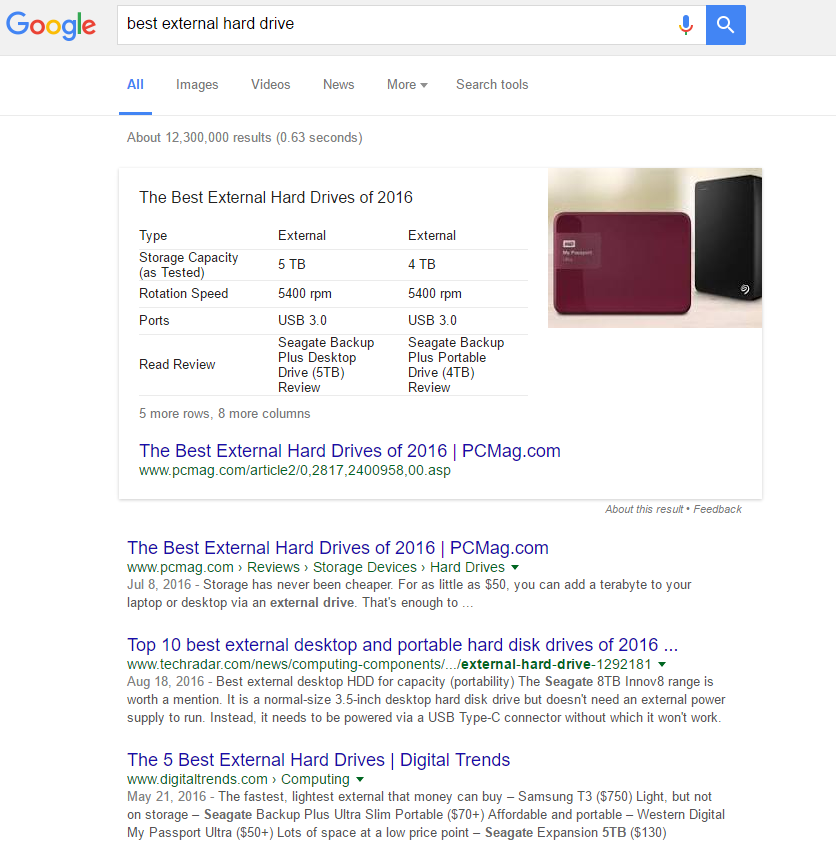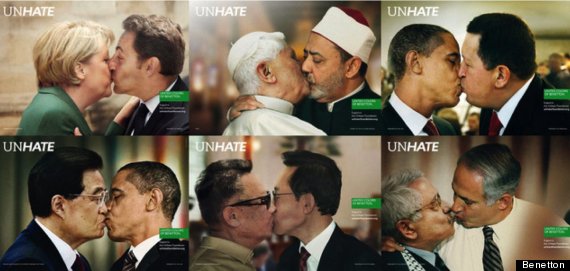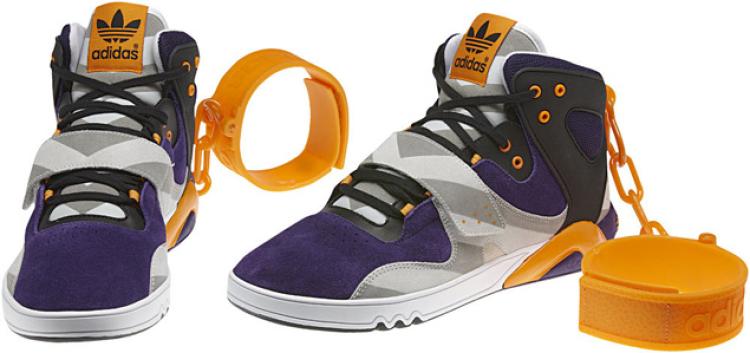Content Marketing is still marketing. We’ve covered the ‘content’ portion, and now we’re going to apply this to the ‘marketing’ side for the perfect content mix. The basic formula is the same, there’s a funnel, so have something for every stage of the funnel.
Awareness
The most important thing to keep in mind here is who you want to generate awareness from. It is easy to boost a post to an entire market for a week, and bask in the vanity metrics. However, raw impressions or even ‘Likes’ do not mean much. Learn who your audience is, and find out how and where to engage them in a targeted way. It could be an event, in which case roll out live content supported by social. It could be a publication, so try a solid PR pitch or even sponsored content.
The thing about awareness is, it is the widest part of the funnel, and a good awareness campaign requires a metric tonne of effort. You have to create something entertaining, on-brand and shareable, and distribute it well. That said, wide does not always mean tall. Awareness content should not dominate the content calendar. Put that effort into distribution and quality, not quantity. 10% of the calendar can go here, and space it out across the year.
Interest
This is where we start getting into the bulk of your content. When people ‘Like’, ‘Follow’, ‘Subscribe’, search for you and so on, it means they are interested in your content. To translate that to interest in your product, align both content and product closely. From a potential customer’s point of view, think of the questions they would ask that will lead them further towards you.
Typically, it is a pain point of “How do I do X?”, where X can be any problem, such as:
- Choosing the right facial cleanser for Asian skin in a Western-dominated cosmetics market that tends to either over-dry or cause breakouts
- Integrating big data into marketing analytics without the need for IT intervention
- Getting lunch in Singapore’s CBD for under $10
Furthermore, the context of ‘Problem X’ varies based on prevailing trends. Weather changes cause breakouts, and technology changes cause breakdowns.
News sites and social media are a great way to surface these questions. Apart from that is also Google Analytics and Trends. That means ‘Problem X’ is going to form the backbone of your SEO. If people find you through viral content, they’re looking for a laugh. If people find you to solve their problems, that’s where there’s a clear path to conversion.
40% of your content should make up the interest stage, and if it performs well, feel free to boost on social, or go more in-depth with a white paper.
Desire
Here, people want your product, but they are curious. The solution is to show it to them. Webinars, trailers, teasers, demos, testimonials. Make compelling case studies, create infographics showing the amount of improvement possible… and then put a call to action at the end. Here, conversion should be the main goal; sharing and engagement is just a bonus. After all the effort attracting an audience and building up credibility, this is what needs to happen:
So make this 18% of your content.
Action
As far as content marketing goes, action is pretty straightforward. Want, give, have. However, APAC is a market where a single discount day generates e-commerce sales that dwarf the rest of the world.
So maybe your audience wants your product, but they expect a bit of special treatment. Space out contextualised specials very sporadically to cater for this. Perhaps it is your company’s anniversary, or Christmas. In any case, emphasise the context to make it clear this doesn’t happen every day. After that, dress the copy up to sound fun and drop a subtle call to action at the end. Do this about 2% of the time.
Retention
What do Seth Godin, Bain & Co and Salesforce’s US$2bn annual revenue have in common? True, they’re all rich enough to fill a pool with money, but the point is, they all support the notion that it is easier to retain an existing customer than it is to acquire. In all likelihood, existing customers will be interested in finding out solutions to related problems, and feel reaffirmed by your case studies and infographics. In other words, most of your existing content should already be relevant.
That said, there should still be some space dedicated to the post-funnel- to cover the human side of the relationship. From a content perspective, that means personalising the brand. Make your own in-jokes to get people to laugh with you. Share milestones to let people know you’re here to stay. Tease your latest updates so there’s something to look forward to.
Naturally, this is not the kind of content you would expect people to search for. However it is more ‘Likeable’ than how-tos, so an interesting graphic can get great traction on social. Aim for people to engage with this content organically. If people ‘Like’ your content, then they’re more likely to see your other posts in future, and cost less to boost towards. This stage should form the last 30% of your content.
The recommended split should add up to an 80:20 fluff:sell ratio. For brands new to content marketing, it is a balanced, middle-of-the-road guideline to start off by testing everything. However, each brand is unique in their own way, and ongoing data will lead to each option being weighted differently as time passes. Your CRM, Google Analytics and social platform’s insights will be your friends here.
If you need help planning the best content mix for your 2017 communications strategy, drop us a note at [email protected].

